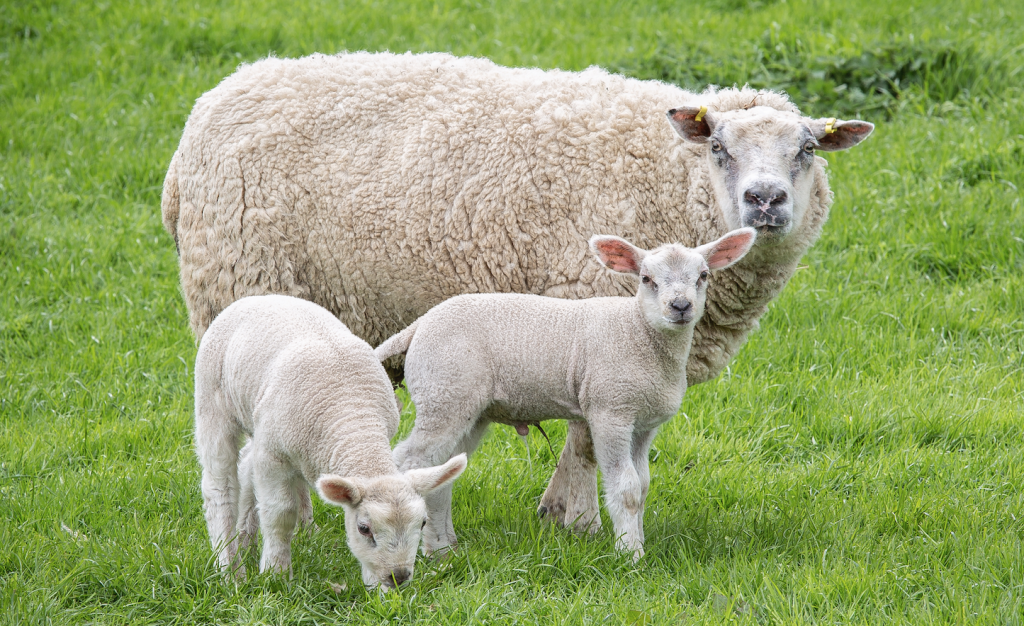
Vets Urged To Discuss The Merits Of Vaccination Against EAE With Farmers
Vets are being urged to proactively contact their farming clients before tupping to discuss the merits of vaccination against EAE (Enzootic Abortion of Ewes).
The move follows a sheep abortion round table discussion hosted by UK-Vet Livestock which brought together a panel of leading sheep vets and commercial sheep farmers who reviewed EAE and expressed concern about the low uptake of vaccination for both EAE and Toxoplasma spp.
The Responsible Use of Medicines in Agriculture Alliance (RUMA) Targets Task Force report of 2017 supported vaccination by recommending that farmers increase the use of vaccines for EAE by five per cent per year over five years, to ensure the responsible use of antibiotics, however vaccination for EAE and Toxoplasma spp. are low, peaking in 2020 at 50% and 31% respectively for ewes intended for first breeding1.
Sheep veterinary consultants Fiona Lovatt BVSc PhD DSHP DipECSRHM FHEA FRCVS and Kate Hovers BVSc CertSHP MRCVS were amongst the many prestigious sheep experts on the panel who recommended that all flocks that bring in replacement ewes or have neighbours that lamb sheep should vaccinate to protect against EAE as ‘vaccination against EAE is like investing in insurance that means that an EAE abortion disaster will not happen’! The panel further advised that replacements should be sourced from EAE accredited flocks to reduce the risk of bringing in the disease and that ewes should be lambed separately from the home flock for their first year to contain issues.
The panel suggested that vets should proactively discuss the merits of vaccination for abortion with their clients and incorporate protocols into flock health plans. Furthermore, practices should be proactive in reviewing practice management systems and contacting farmers a few months before tupping to discuss the benefits of vaccination and to remind them to schedule it into their plans. Panel members emphasised that effective communication between vets and their farming clients was essential to maximise vaccination, as is an understanding of human behaviour and the many factors that motivate different farmers.
Fiona Lovatt BVSc PhD DSHP DipECSRHM FHEA FRCVS, sheep veterinary consultant and director of Flock Health Ltd, comments: “EAE is one disease that costs you a fortune if you just wait until it is in your flock before you take action. You have to consider what the risks are to your flock - and they are high if you ever buy in ewes or if you have close sheep flock neighbours. You must vaccinate before you see any evidence of EAE, both to protect your own ewes and the ones you buy in. An outbreak of EAE is a failure of flock health planning as measures should have been put in place to prevent it happening.”
“EAE is estimated to cost the UK sheep industry up to £20million annually2, however there is a lot of work to be done to educate farmers about the benefits of vaccination for abortion to avoid financial and reproductive devastation,” adds Katherine Timms, ruminant veterinary advisor at Ceva Animal Health. “It is essential to incorporate vaccination into flock health plans and proactively contact farming clients to discuss the benefits of vaccination well in advance of tupping by utilising practice management systems. This is particularly pertinent if they are known to have had abortion cases during the preceding lambing.”
For further information on vaccination with Cevac Chlamydia please visit www.enzooticabortion.co.uk, contact your local Ceva Animal Health account manager or email [email protected].
Ends
References
- Agriculture and Horticulture Development Board (AHDB) estimates of rates of vaccination for ovine abortion. Kynetec, MSD and AHDB Vaccine Report
- Milne C.E., et al. Epidemiological modelling of chlamydial abortion in sheep flocks, Veterinary Microbiology (2009), doi:10.1016/j.vetmic.2008.09.032
More from Ceva
- Collaborative effort to strengthen Singapore’s preparedness against avian influenza
- Ease Pet Anxiety This Fireworks Season with Ceva's Vet-Approved Solutions
- Ceva and International Cat Care launch season 2 of cat handling training videos
- Ceva launches service to highlight the cost of infertility linked to Q fever
- Are vets and farmers under-using pain relief in dairy cows?

 3 years ago
3 years ago  882 views
882 views
